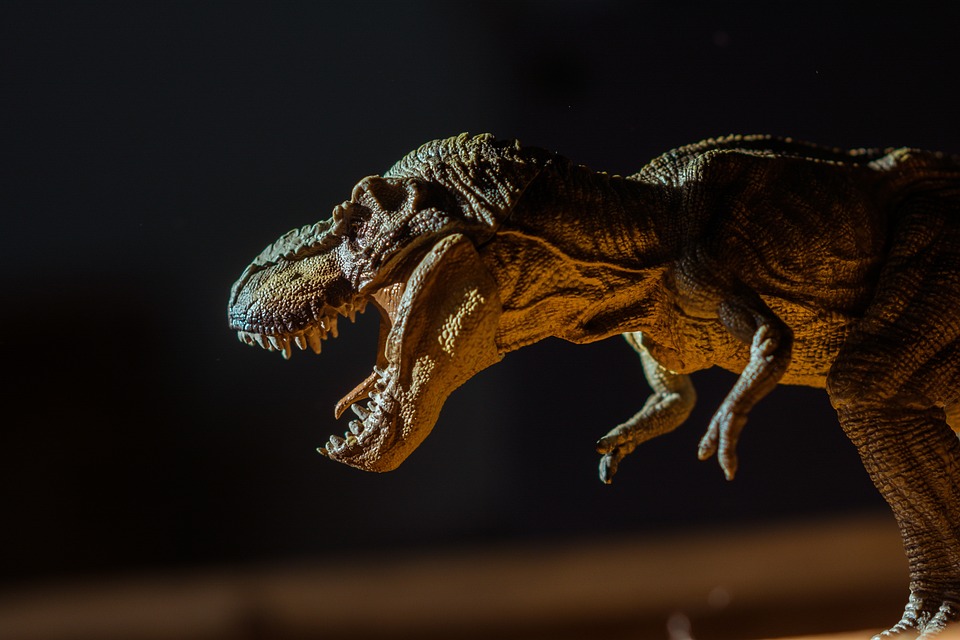**Establishing and Maintaining a Fish Tank for Discus: A Comprehensive Guide**
*Heading 1: Introduction*
Introduction to Discus Fish and Their Unique Needs
Discus fish, known for their vibrant colors and graceful appearance, are a popular choice among aquarium enthusiasts. However, they require specific care and a well-maintained environment to thrive. In this comprehensive guide, we will explore the essential aspects of establishing and maintaining a fish tank specifically designed for discus fish.
*Heading 2: Setting Up the Perfect Environment for Discus Fish*
2.1 Selecting the Right Tank Size
Discus fish require a spacious tank to swim freely and comfortably. The ideal tank size for a pair of discus fish is at least 50 gallons, while a larger group will need a tank of 75 gallons or more.
2.2 Choosing the Appropriate Tank Location
Placing the fish tank in the right location is crucial for the well-being of discus fish. Avoid areas with excessive sunlight or draft as it can lead to fluctuating water temperatures and stress the fish.
2.3 Installing Proper Filtration System
Discus fish are sensitive to water conditions, so investing in a high-quality filtration system is essential. A combination of mechanical, biological, and chemical filtration will help maintain optimal water quality.
2.4 Determining the Right Lighting
Discus fish prefer subdued lighting, mimicking their natural habitat. Use soft, diffused lighting to create a comfortable and stress-free environment.
2.5 Adding Substrate and Decorations
Choosing the right substrate and decorations is important to replicate the natural habitat of discus fish. Opt for a fine-grained substrate and include driftwood, plants, and rocks to create hiding places and add visual interest.
*Heading 3: Water Quality and Temperature Control*
3.1 Understanding Discus Fish Water Requirements
Discus fish thrive in soft, slightly acidic water conditions. They require a pH level between 6 and 7 and a water temperature between 82°F and 86°F.
3.2 Maintaining Optimal Water Parameters
Regular testing of water parameters is crucial for the health of discus fish. Monitor and adjust pH, temperature, ammonia, nitrite, and nitrate levels to ensure they remain within the appropriate range.
3.3 Proper Water Change and Maintenance Routine
Regular water changes are necessary to remove accumulated toxins and maintain water quality. Aim for a 25% to 50% water change every week, using a dechlorinator to neutralize any harmful chemicals.
*Heading 4: Feeding and Nutrition*
4.1 Choosing the Correct Diet for Discus Fish
A balanced diet is vital for the health and vibrant colors of discus fish. Offer a variety of high-quality foods such as pellets, flakes, frozen or live foods, and supplement with occasional treats like bloodworms or brine shrimp.
4.2 Frequency and Quantity of Feeding
Discus fish have a hearty appetite and should be fed multiple times a day. Provide small, frequent meals to avoid overfeeding and maintain optimal digestion.
4.3 Supplementing with Vitamins and Minerals
To ensure the proper growth and development of discus fish, consider adding vitamin and mineral supplements to their diet. Consult with a veterinarian or experienced aquarist for appropriate recommendations.
*Heading 5: Discus Fish Tank Mates*
5.1 Compatible Tank Mates for Discus Fish
When selecting tank mates for discus fish, it is important to choose species that are peaceful and compatible with their specific requirements.
5.2 Selecting Peaceful and Non-Aggressive Species
Avoid aggressive or territorial fish that may stress or harm discus fish. Opt for peaceful species such as tetras, rasboras, or dwarf cichlids that share similar water parameters and temperament.
*Heading 6: Disease Prevention and Treatment*
6.1 Common Diseases Affecting Discus Fish
Discus fish are prone to certain diseases, including bacterial and parasitic infections. Familiarize yourself with common diseases like ich, fin rot, and velvet, and take preventive measures to minimize the risk.
6.2 Maintaining a Clean and Hygienic Tank
Regular tank maintenance, including regular water changes, cleaning the substrate, and removing excess food and waste, is crucial in preventing the buildup of harmful bacteria and parasites.
6.3 Recognizing the Signs of Illness and Seeking Veterinary Assistance
Monitor your discus fish closely for any signs of illness, such as loss of appetite, abnormal swimming, or changes in coloration. If you suspect a health issue, consult with a veterinarian specializing in fish care for proper diagnosis and treatment.
*Heading 7: FAQs (Frequently Asked Questions)*
7.1 What is the ideal tank size for keeping discus fish?
The ideal tank size for a pair of discus fish is at least 50 gallons, while a larger group will need a tank of 75 gallons or more.
7.2 How often should I change the water in my discus fish tank?
Aim for a 25% to 50% water change every week to maintain optimal water quality.
7.3 Can I keep discus fish with other species in the same tank?
Yes, discus fish can coexist with peaceful species such as tetras, rasboras, or dwarf cichlids that share similar water parameters and temperament.
7.4 What should I feed my discus fish for optimal health?
Offer a variety of high-quality foods such as pellets, flakes, frozen or live foods, and supplement with occasional treats like bloodworms or brine shrimp.
7.5 How can I prevent diseases in my discus fish tank?
Maintain a clean and hygienic tank, provide balanced nutrition, and monitor water parameters regularly to prevent diseases in discus fish.
7.6 What are the signs that my discus fish may be unwell?
Signs of illness in discus fish may include loss of appetite, abnormal swimming, changes in coloration, or visible signs of infection. Monitor their behavior closely and seek veterinary assistance if needed.
*Heading 8: Conclusion*
Wrapping Up: The Key to a Thriving Discus Fish Tank
Establishing and maintaining a fish tank for discus fish requires careful attention to their unique needs. By providing the appropriate environment, maintaining optimal water quality, offering a balanced diet, and selecting compatible tank mates, you can create a thriving and vibrant home for these beautiful fish. Remember to monitor their health regularly and seek professional assistance when necessary.









